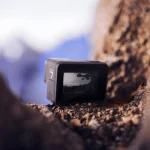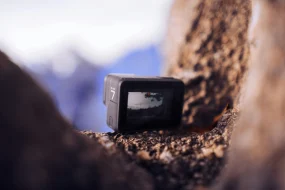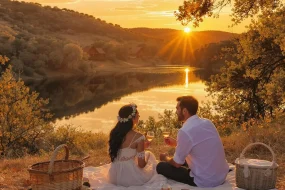- Home
- Travel / Lifestyle
- Cultural Immersion: Inspiring ...
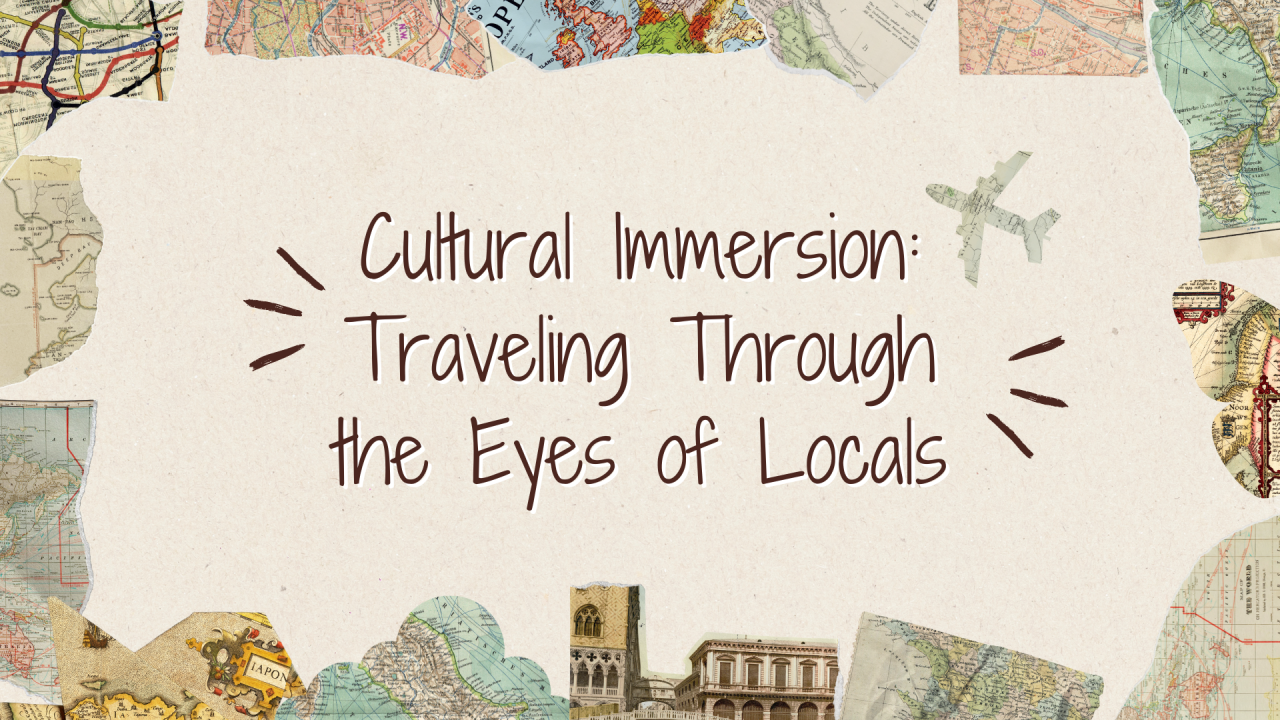
Beyond the Postcard
Picture this: You’re in a bustling market in Fez, Morocco, haggling over spices not with a vendor but with a grandmother who insists you join her family for couscous later. This isn’t a guided tour—it’s cultural immersion, a practice that transcends sightseeing to foster genuine human connection.
Now imagine another scene: You’re in a remote village in Papua New Guinea, invited to a sing-sing ceremony where tribes gather to share ancestral dances. As you paint your face with clay alongside locals, you realize this isn’t a performance—it’s a living tradition, a window into a worldview shaped by millennia of connection to land and community.
In an age of Instagram-driven “bucket-list” travel, cultural immersion stands out as a countermovement. It’s not about snapping photos of the Eiffel Tower but about learning why Parisians guard their café culture so fiercely. This blog unpacks why stepping out of your comfort zone and into another culture’s rhythm can reshape your worldview—and how to do it meaningfully.
What Is Cultural Immersion? Redefining Travel
Cultural immersion is the intentional act of integrating into a community’s daily life, traditions, and values. Unlike tourism, which prioritizes convenience and consumption, immersion requires vulnerability. It’s the difference between eating pad Thai at a street stall in Bangkok and spending a day with a Thai family, learning to balance sweet, sour, and spicy flavors in their home kitchen.
Key distinctions from traditional tourism:
- Depth over speed: Immersion means staying in one place long enough to witness routines, rituals, and unspoken norms. A week in a Guatemalan village, participating in Mayan weaving workshops, reveals more than a month hopping between resorts.
- Reciprocity: It’s not just taking—it’s giving back. Volunteering at a community garden in Lisbon or teaching English in a Vietnamese school creates mutual exchange.
- Cultural humility: Accepting that you’re a guest, not an expert. As Nigerian author Chimamanda Ngozi Adichie warns, “The single story creates stereotypes, and the problem with stereotypes is not that they are untrue, but that they are incomplete.”
The Science of Connection
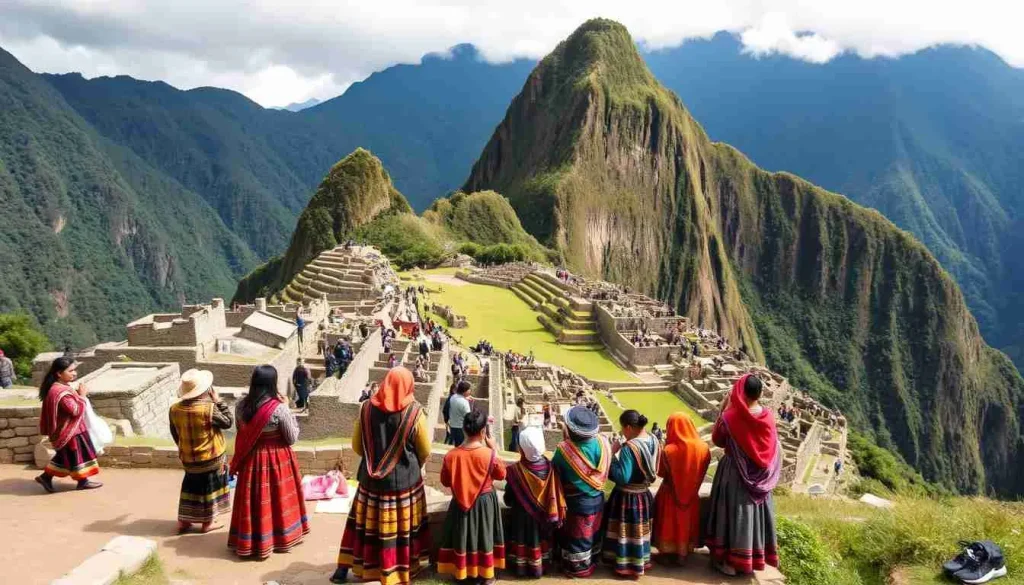
Cultural immersion isn’t just inspiring—it’s neurologically transformative. Here’s how it reshapes minds and lives:
1. Rewiring Empathy Through Shared Experiences
A 2022 study in Social Cognitive and Affective Neuroscience found that cultural Immersion engagement activates the brain’s anterior insula, a region tied to empathy. Participants who lived with host families showed improved ability to interpret emotional cues, like distinguishing between a polite smile and genuine warmth in Japan.
As example, take Alex, a British engineer who volunteered in rural Nepal. Initially frustrated by the slow pace of decision-making, he later admired the community’s emphasis on consensus. “I returned home and started listening more in meetings instead of bulldozing ideas,” he shared.
On the other hand Emily, a college student from Toronto, spent a summer in Botswana working on a wildlife conservation project. By living with a local family, she learned the Tswana concept of Botho—a philosophy emphasizing communal harmony. “It changed how I approach teamwork and conflict resolution,” she said.
2. The “Flexible Self”
Stanford psychologist Dr. Carol Dweck’s research on “growth mindset” applies here. Cultural Immersion forces you to question assumptions, like why punctuality is sacrosanct in Germany but fluid in Brazil. Over time, this fosters cognitive flexibility—the ability to adapt behaviors and beliefs.
Case Study: Maria, a teacher from Texas, spent a year in Oaxaca, Mexico, participating in Guelaguetza festivals. She discovered a passion for indigenous rights advocacy, a path she’d never considered before. “I realized my identity wasn’t fixed—it could evolve through new traditions,” she explained.
3. Breaking Stereotypes with Nuanced Understanding
According to a 2023 Pew Research survey, 68% of travelers who engaged deeply with local cultures reported revised views about the community. Cultural Immersion replaces headlines with humanity. For instance, after sharing meals with Iranian families, Canadian traveler Liam noted, “I saw how Western media reduced a complex culture to politics. Their warmth and humor never made the news.”
4. Creativity Boost from Cross-Cultural Thinking
A Harvard Business School study found that professionals with immersive international experience were 35% on Cultural Immersion more likely to solve complex problems innovatively. Exposure to diverse perspectives—like Japan’s wabi-sabi (embracing imperfection) or Italy’s dolce far niente (joy of idleness)—sparks creative breakthroughs.
Tech CEO Raj attributes his company’s success to lessons learned during a Kyoto homestay. “The Japanese principle of kaizen (continuous improvement) taught me to iterate patiently, not chase overnight wins,” he said.
5. Building Global Citizenship in a Divided World
Cultural Immersion fosters humility, countering cultural arrogance. As writer Taiye Selasi argues, “Don’t ask where I’m from—ask where I’m a local.” By living as a local, you learn to navigate differences with curiosity, not judgment.
How to Practice Cultural Immersion?
1. Choose Depth Over Checklists
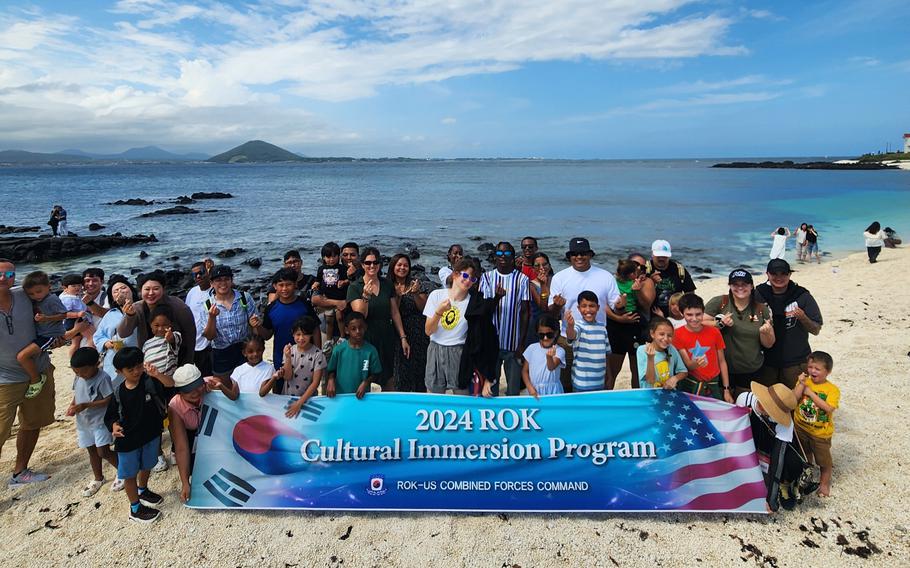
Resist the urge to country-hop. Instead, spend a week in one neighborhood. In Mexico City, skip the pyramids of Teotihuacán and explore colmados (corner stores) in Roma Norte. Attend a lucha libre match and chat with fans about the sport’s role in Mexican identity.
You can also look for platforms like Workaway to find skill-exchange opportunities, like teaching yoga in Costa Rica or restoring olive groves in Italy.
2. Live Like a Local, Not a Tourist
Homestays: Websites like Homestay.com or Airbnb Experiences connect travelers with families. In India, you might join a Gujarati family for Diwali, helping to light diyas (lamps) and prepare mithai (sweets).
Language Learning: Apps like Memrise or Tandem teach colloquial phrases. In Senegal, learning basic Wolof greetings like “Nanga def?” (How are you?) can turn transactions into conversations. Check out our recent blog on Best apps for a nice and peaceful travel experience.
3. Participate in Rituals, Not Just Festivals
Attending Spain’s La Tomatina as a spectator is fun, but participating in a family’s sobremesa (post-meal conversation) reveals deeper values. Seek out small, personal traditions:
- In Turkey, join a keyif (leisurely tea) session with retirees in Istanbul.
- In Ghana, learn the Adinkra symbols’ meanings from a local artisan.
4. Document with Intention
Avoid treating experiences as content. Instead of filming a Balinese dance, take a workshop to learn its history. Journal about how the movement connects to Hindu epics like the Ramayana.
5. Prepare Mentally and Emotionally
Before traveling, engage in cultural sensitivity training. Organizations like the Peace Corps offer free online courses on cross-cultural communication. Read memoirs like The Spirit Catches You and You Fall Down to understand cultural clashes in healthcare.
Stories of Immersion
From Tourist to Advocate
Sarah, an Australian nurse, volunteered at a clinic in Ghana. By shadowing traditional healers, she learned herbal remedies for malaria. Today, she runs workshops blending Western and Ghanaian practices. “Immersion taught me healing isn’t just science—it’s trust,” she says.
Story 2: The Digital Nomad Who Found Purpose
Luca, an Italian programmer, worked remotely from Medellín. After joining a trueque (barter) circle, he traded coding lessons for fresh produce and art. “I realized happiness isn’t tied to income,” he reflects. “Now I volunteer at tech hubs in low-income neighborhoods.”
Story 3: Bridging Generations Through Food
Rahul, a chef from Mumbai, spent six months in Peru learning Quechua cooking techniques. His pop-up restaurant in London now blends Indian and Andean flavors, with proceeds funding culinary scholarships for Indigenous youth.
Navigating Challenges: Practical Solutions
1. Beyond Translation Apps
While tools like Google Translate help, non-verbal communication bridges gaps. In Japan, a bow conveys respect; in Ethiopia, a handshake with a shoulder bump shows friendship. Pro tip: Learn “thank you” in the local dialect—asante in Swahili, dhanyavaad in Hindi.
2. Avoiding Cultural Faux Pas
Research taboos pre-trip. In Thailand, never touch someone’s head; in Russia, refuse vodka politely (“Ya ne p’yu” – “I don’t drink”). If you slip up, apologize sincerely. Most communities appreciate the effort.
3. Combating Loneliness
Join local clubs via Meetup or Facebook Groups. In Seoul, expat hiking clubs blend language exchange with nature. In Lisbon, fado singing nights welcome newcomers to share stories through music.
4. Managing Culture Shock
Understand the four stages:
Honeymoon Phase: Everything feels exciting and novel.
Frustration: Differences become irritating (e.g., slow Wi-Fi in Bali).
Adjustment: Develop coping strategies (e.g., finding a local mentor).
Acceptance: Embrace the culture as a second home.
Answering Your Cultural Immersion Doubts
- Q: Can I immerse myself without leaving home?
Yes! Explore ethnic enclaves like LA’s Koreatown or London’s Brick Lane. Attend virtual events like Nigerian storytelling nights on Eventbrite. Platforms like Verbling connect you with language partners worldwide. - Q: Is Cultural immersion safe for solo travelers?
Research destinations using Smart Traveler Enrollment Program (STEP). Stay with vetted hosts on TrustedHousesitters. Join female-only groups like Women Who Travel for tips. This would help the solo travelers while cultural immersion. - Q: How do I avoid cultural appropriation?
Engage with permission. Before joining a Native American sweat lodge, consult elders. Support local artisans directly—buy textiles from Guatemalan cooperatives, not mass retailers. - Q: How do I handle reverse culture shock?
Returning home can be disorienting. Stay connected to your host culture through language apps or cooking classes. Share your experiences with friends to process the transition.
The World Is Your Classroom
Cultural immersion isn’t a trend—it’s a lifelong practice of curiosity. It’s realizing that “normal” is a myth and that growth lives in the space between comfort and the unknown. Whether you’re sharing maté with Argentine gauchos or debating philosophy with a Senegalese griot, these moments become threads in your identity’s tapestry.
Wanna Start Your Journey?
Watch: Documentaries like Anthony Bourdain: Parts Unknown for inspiration to know how Cultural Immersion connects the world’s heritage.

The world isn’t just a place to visit—it’s a story to live.


